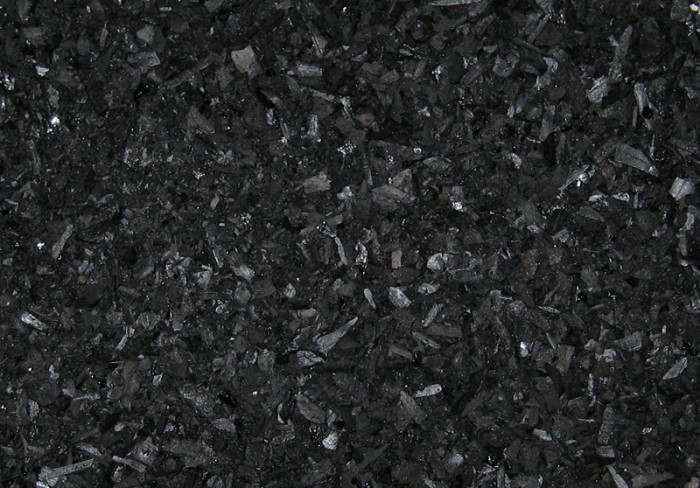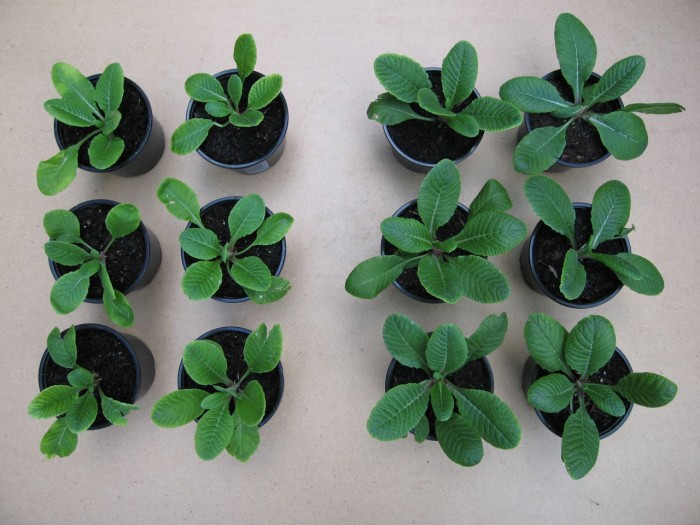There’s a hands-on horticultural way to mitigate climate change – but it will only make a real difference if our gardens aren’t also part of the problem.
Something which never fails to amaze me is the preoccupation, among gardeners, gardening journalists and other green-fingered pundits, with the potential effect a changing climate is going to have on our gardens. Reams have been written and broadcast about what might befall our beloved borders as human-made global warming ups the ecological ante and recasts the face of our planet. But alongside this fretting about the impact of big freezes, dust-bowl droughts, and hordes of alien pests descending on our gardens and allotments, I rarely hear anything about the effect our everyday gardening activities are having on the climate.
I know I still sometimes try, ostrich-like, to stick my own head in my compost bin, but when I started making my garden I also adopted a motto: ‘forget how ‘terrible’ the effects of a changing climate might be for your garden (it’s not a matter of life and death) and start thinking about practical, adaptive and more selfless ways of gardening, which might just help to mitigate the factors causing a warming world in the first place.’ Collectively, more ‘climate-friendly’ gardening in the developed world can do its bit in keeping those whose success or failure at ‘gardening’ is, quite literally, a matter of life or death, out of the danger zone.

One of the practical ideas that’s navigated the horticultural tedium of discussions about whether, in the coming decades, we’ll be harvesting olives in Oldham or planting apricot orchards in Aberdeen, is sooty-black and comes in a plastic bag. You can buy this black stuff or, if you’re adventurous, make your own. Whereas olives and apricots are fanciful distractions when it comes to garden-related climate talk, this black stuff is the real, get-yer-hands-dirty deal.
When plants grow they absorb the gas carbon dioxide from the air and use the energy from sunlight, plus nutrients from the soil, to build leaves, shoots, flowers, fruits, seeds and roots. As they die and decay, they let go of that carbon dioxide. This release, in plants such as summer bedding, is rapid once inside your compost bin. As they rot, much of the carbon they soaked up goes back into the atmosphere, with a little staying behind to form dark compost; even after this is added to your soil, carbon still leaks away. The carbon dioxide that trees and shrubs absorb is stored away on a longer-term basis in their woody trunks, branches and roots. But when these woody plants do eventually die and decay (or are burnt on polluting bonfires), their carbon is released.
What if we could grab hold of that carbon while it’s still contained in a twig or a branch, turn it into a pure, stable form, and then redirect it to our garden soil, where it could, potentially, stay indefinitely, helping to improve the soil’s fertility, encouraging healthier plants and – here’s the clincher – helping to prevent dangerous climate change? That’s what sooty-black ‘biochar’ is all about: providing a back garden, can-do solution to escalating climate chaos, by deliberately taking carbon dioxide from the air and either putting it into your soil or mixing it with potting compost.
Biochar is a kind of upmarket charcoal, similar to that used in barbecues, but in granular form, which is made by burning woody, carbon-rich plant wastes – such as garden prunings – in an oxygen-starved process called pyrolysis. The result is a highly stable form of almost pure carbon, with a porous, honeycomb-like structure, which can halt any loss of carbon dioxide back to the atmosphere for hundreds or even thousands of years. You might not plan on being around a few centuries from now, but we need to do all we can in the next couple of decades (or less), both to reduce our emissions of carbon dioxide and to find anyone-can-join-in ways to pull some of the carbon already released safely back to earth.

The use of biochar results in more fertile soil and compost with increased microbial life (beneficial mycorrhizal fungi and other soil life love to inhabit biochar’s microscopic pores), which retain water and nutrients better in dry spells, which grow great plants and which – to boot – can help turn down our global thermostat. What’s not to like?
But before you rush out the door and start turning your fingers black, there’s some other garden-related carbon to consider first: that which our gardening activities actually generate, and which, like any other carbon, is affecting the liveability of the world around us (but which inhabits many a gardener’s blind spot).
Using powered garden equipment run by ‘fossil’ fuels, growing in peat compost, using synthetic fertilisers, pesticides and weedkillers, heating your greenhouse, using propagators, buying stuff by mail order, driving to a garden centre or visiting gardens, watering everything with tap water, pampering a perfect lawn, revamping your garden every few years simply to keep pace with fads, even buying a greenhouse… all of these activities, some of them our favourite things, are responsible, each in its own way, for adding more carbon to our already overloaded atmosphere. Using electricity from a renewable energy supplier might trim your plot’s carbon footprint, but the liberation of some of this garden-carbon is simply unavoidable. We need to adapt by choosing more mindful, less consumptive ways of gardening which don’t set carbon free.
Using biochar is potentially one of the most practical as well as grey-matter-stirring ways for gardeners to help tackle climate change, simultaneously engaging hands, head and heart. But as the delicious – albeit black – icing on the cake of more thoughtful and truly ecologically renewable gardening, it poses something of a carbon conundrum: there’s little point in forking this super-charcoal into the soil at one end of your garden, if what you’re doing down the other end is still adding to the atmospheric load.
My own motto is helping me steer my evolving garden along a sometimes bumpy but nevertheless more climate-friendly path. It’s not perfect, and there’s always more I can do, but I get a real buzz out of wondering not what a topsy-turvy climate might do to my garden, but what my garden can do to help cool an overheating world.
You can try out biochar for yourself by joining in with the www.bigbiocharexperiment.com
Text and images © John Walker


